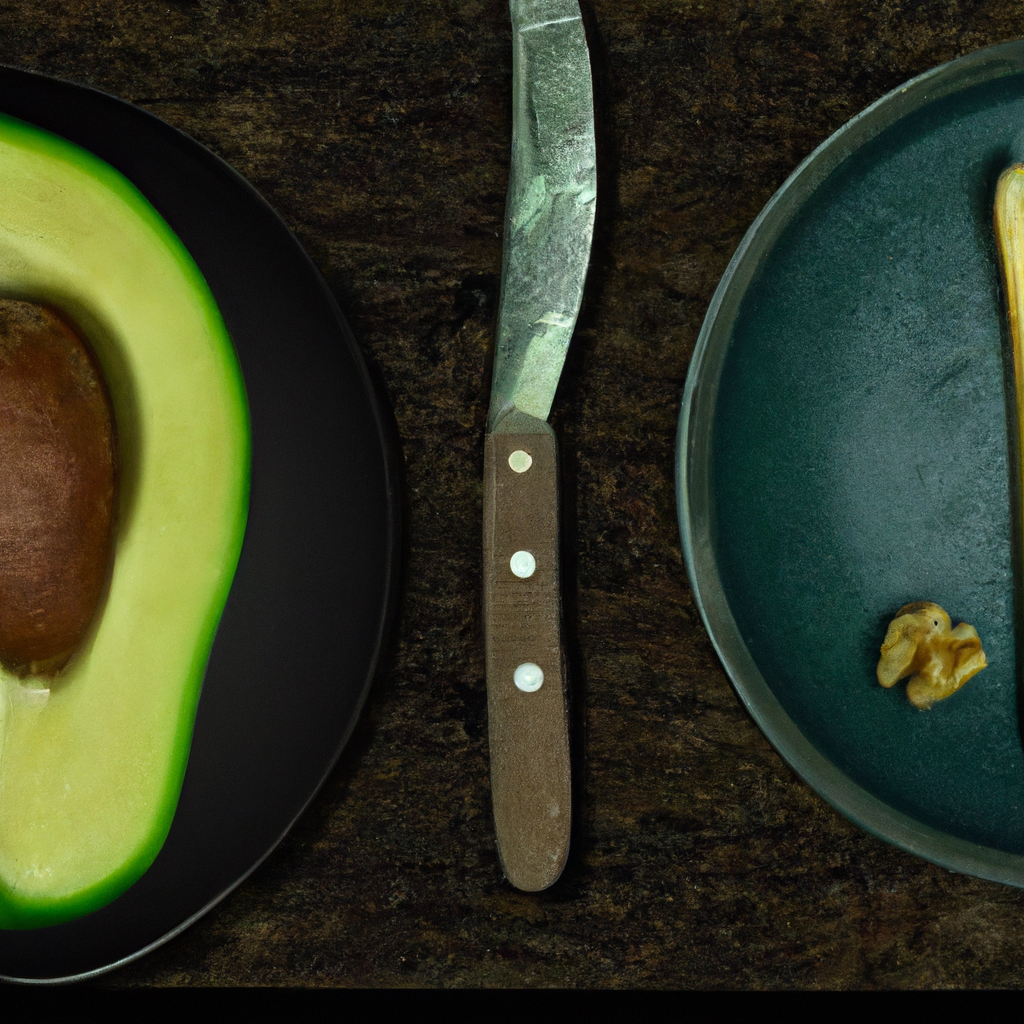-
Reading Roadmap
- Exploring the Influence of Pancreatic Volume and Fat on Type 2 Diabetes: More Than Just Size Matters
- Key Takeaways
- Introduction: The Pancreas and Type 2 Diabetes
- The Role of Pancreatic Volume
- Pancreatic Fat and Insulin Resistance
- Reducing Pancreatic Fat to Improve Glycemic Control
- FAQ Section
- 1. What is the role of the pancreas in type 2 diabetes?
- 2. How does pancreatic volume affect the risk of type 2 diabetes?
- 3. How does pancreatic fat contribute to type 2 diabetes?
- 4. Can reducing pancreatic fat improve glycemic control in type 2 diabetes?
- 5. Can changes in pancreatic volume and fat be detected early to prevent type 2 diabetes?
- Conclusion: The Complex Relationship Between Pancreatic Size, Fat, and Type 2 Diabetes
- Key Takeaways Revisited
Exploring the Influence of Pancreatic Volume and Fat on Type 2 Diabetes: More Than Just Size Matters

[youtubomatic_search]
Key Takeaways
- Pancreatic volume and fat content have a significant influence on the development and progression of type 2 diabetes.
- Increased pancreatic fat is associated with insulin resistance and beta-cell dysfunction, key factors in the onset of type 2 diabetes.
- Reducing pancreatic fat through lifestyle changes and medication can potentially improve insulin sensitivity and glycemic control.
- Further research is needed to fully understand the complex relationship between pancreatic size, fat content, and type 2 diabetes.
- Early detection of changes in pancreatic volume and fat could help in the prevention and management of type 2 diabetes.
Introduction: The Pancreas and Type 2 Diabetes
The pancreas, a small organ located behind the stomach, plays a crucial role in the regulation of blood sugar levels. It does this by producing insulin, a hormone that helps cells absorb glucose from the bloodstream. In type 2 diabetes, the body’s cells become resistant to insulin, leading to high blood sugar levels. Recent research has suggested that the size and fat content of the pancreas may significantly influence the development and progression of this disease.
The Role of Pancreatic Volume
Several studies have found a correlation between pancreatic volume and the risk of type 2 diabetes. For instance, a study published in the Journal of Clinical Endocrinology and Metabolism found that individuals with smaller pancreatic volume were more likely to develop type 2 diabetes than those with larger pancreases. The researchers suggested that a smaller pancreas might produce less insulin, contributing to the onset of diabetes.
Pancreatic Fat and Insulin Resistance
Increased pancreatic fat content is another factor that has been linked to type 2 diabetes. A study in the journal Diabetes Care found that individuals with higher levels of pancreatic fat were more likely to have insulin resistance, a key factor in the development of type 2 diabetes. The researchers suggested that excess fat in the pancreas might interfere with the organ’s ability to produce insulin effectively.
Reducing Pancreatic Fat to Improve Glycemic Control
Research has also suggested that reducing pancreatic fat could potentially improve insulin sensitivity and glycemic control in individuals with type 2 diabetes. A study in the journal Diabetologia found that a low-calorie diet led to a significant reduction in pancreatic fat and improved insulin production in individuals with type 2 diabetes. This suggests that lifestyle changes, such as diet and exercise, could potentially help manage this disease by reducing pancreatic fat.
FAQ Section
1. What is the role of the pancreas in type 2 diabetes?
The pancreas produces insulin, a hormone that helps regulate blood sugar levels. In type 2 diabetes, the body’s cells become resistant to insulin, leading to high blood sugar levels. The size and fat content of the pancreas may influence the development and progression of this disease.
2. How does pancreatic volume affect the risk of type 2 diabetes?
Research has suggested that individuals with smaller pancreatic volume may be more likely to develop type 2 diabetes, possibly because a smaller pancreas produces less insulin.
3. How does pancreatic fat contribute to type 2 diabetes?
Increased pancreatic fat has been linked to insulin resistance, a key factor in the development of type 2 diabetes. Excess fat in the pancreas may interfere with the organ’s ability to produce insulin effectively.
4. Can reducing pancreatic fat improve glycemic control in type 2 diabetes?
Studies have suggested that reducing pancreatic fat through lifestyle changes, such as diet and exercise, could potentially improve insulin sensitivity and glycemic control in individuals with type 2 diabetes.
5. Can changes in pancreatic volume and fat be detected early to prevent type 2 diabetes?
Further research is needed to determine whether early detection of changes in pancreatic volume and fat could help in the prevention and management of type 2 diabetes.
Conclusion: The Complex Relationship Between Pancreatic Size, Fat, and Type 2 Diabetes
The size and fat content of the pancreas appear to play a significant role in the development and progression of type 2 diabetes. While a smaller pancreatic volume and increased pancreatic fat have been linked to this disease, further research is needed to fully understand these relationships. However, the potential for reducing pancreatic fat to improve insulin sensitivity and glycemic control offers a promising avenue for the management of type 2 diabetes. Early detection of changes in pancreatic volume and fat could also potentially aid in the prevention of this disease.
[youtubomatic_search]
Key Takeaways Revisited
- Pancreatic volume and fat content significantly influence the development and progression of type 2 diabetes.
- Increased pancreatic fat is associated with insulin resistance and beta-cell dysfunction, key factors in the onset of type 2 diabetes.
- Reducing pancreatic fat through lifestyle changes and medication can potentially improve insulin sensitivity and glycemic control.
- Further research is needed to fully understand the complex relationship between pancreatic size, fat content, and type 2 diabetes.
- Early detection of changes in pancreatic volume and fat could help in the prevention and management of type 2 diabetes.

Leave a Reply